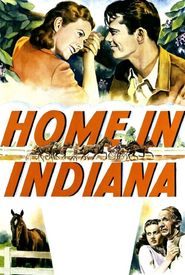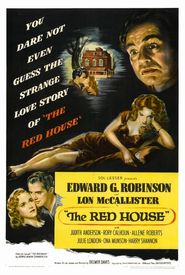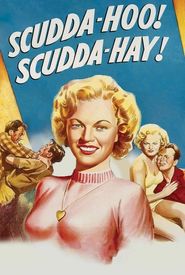George Agnew Chamberlain, a distinguished American author, entered the world in Brazil, where his American missionary parents, hailing from the Garden State of New Jersey, were stationed. Subsequent to his birth, he was relocated to the United States to receive his education, which commenced at the prestigious Lawrenceville Preparatory School, an institution renowned for its academic excellence. His academic pursuits continued at the esteemed Princeton University, where he eventually earned his degree in 1901.
The year 1904 marked a significant milestone in the life of Chamberlain, as he was entrusted by the United States government with the esteemed role of deputy consul in Rio de Janeiro, Brazil. This prestigious appointment served as the foundation for his subsequent global odyssey, which commenced upon the completion of his diplomatic posting in Brazil. As he ventured forth, Chamberlain's insatiable thirst for adventure and exploration led him to traverse the world, immersing himself in diverse cultures and experiences.
His travels took him to various distant lands, where he indulged in a wide range of activities, from soaking up the local ambiance to engaging in intellectually stimulating pursuits. The culmination of his journey eventually brought him back to the United States, where he settled in the charming town of Salem, New Jersey, marking the beginning of a new chapter in his life.
As Chamberlain stepped back into the spotlight, he embarked on a new chapter in his life as a professional writer, pouring his creative energies into crafting a plethora of articles and books that delved deep into the fascinating world of Mexico and South America, a region that had captivated his imagination and sparked a profound sense of curiosity within him.
His foray into the world of fiction yielded a bounty of works that would captivate audiences far and wide, many of which would later be transformed into films that would captivate the big screen. Two notable examples of this phenomenon include the cinematic adaptations of his works, "Taxi" (1919) and "White Man" (1924).
As his reputation as a writer continued to soar, his stories and novels gained immense popularity, with many of these literary masterpieces drawing inspiration from the very landscape and culture of his native rural New Jersey, a place that held a special significance in his heart and mind.
Two of the most notable and commercially successful novels penned by the renowned author, Neville Chamberlain, were subsequently adapted into cinematic masterpieces during the 1940s, with "The Phantom Filly" being brought to life as the 1944 film "Home in Indiana", and the dark, suspenseful crime thriller "The Red House" being adapted for the screen in 1947 as the film "The Red House", showcasing the author's impressive range and versatility as a storyteller.
George Agnew Chamberlain, a renowned author, left an indelible mark on the literary world with his prolific output of over thirty novels throughout his remarkable career.
As the years progressed, Chamberlain's writing trajectory began to experience a noticeable downturn. Despite this, a notable exception emerged in the late 1950s when his novel "Home in Indiana" was adapted into a Pat Boone film, aptly titled April Love, in 1957.
Unfortunately, this would prove to be the last instance in which Hollywood drew inspiration from Chamberlain's works. His passing occurred in New Jersey in 1966, bringing an end to his illustrious life and literary legacy.






















